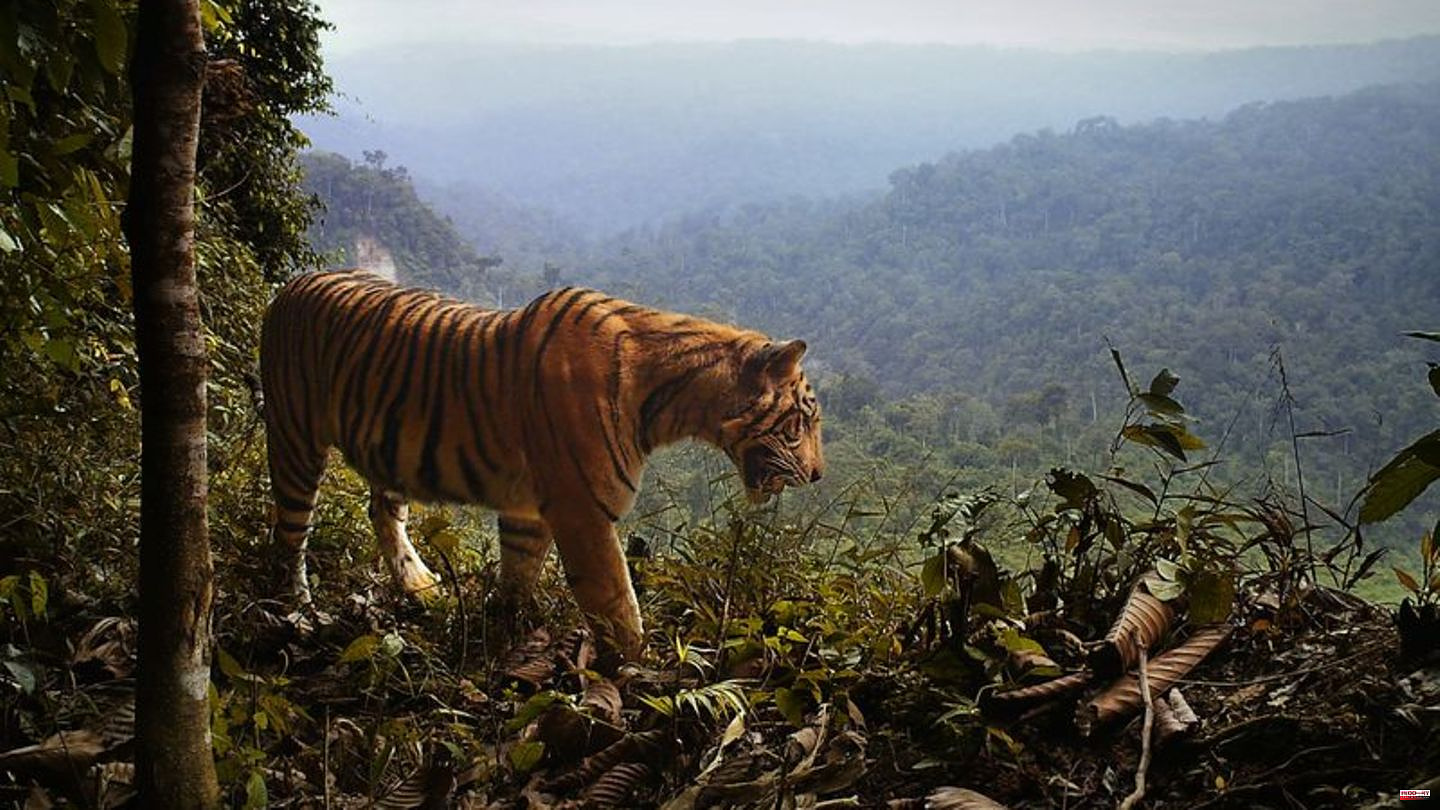Populations of large wild animals in Asia show a surprising trend: they thrive particularly well near human settlements.
Four species in particular - tigers, Asian elephants, wild boar and clouded leopards - have had increased populations in areas with human infrastructure, a new study from Australia's University of Queensland has found.
"These results show that given the right conditions, some large animals can live close to humans and escape extinction," said Zachary Amir, PhD student and first author of the study. The new findings challenged the widely held belief in conservation circles "that humans and megafauna are incompatible," the researcher said.
The trend in Asia is probably mainly due to the fact that poaching of large animals - for example in national parks - is particularly strongly combated when human settlements are nearby. At the same time, the study found that deforestation naturally continues to have negative impacts on species. However, the researchers found that large species of animals can certainly exist in relatively small habitats and close to humans if they are not hunted.
Leopards chase dogs
On the other hand, in the absence of measures to combat poaching, the same species are threatened with extinction, despite a larger and more natural habitat. According to the study, tigers have recently been wiped out in the remote jungle of Ulu Muda in northern Malaysia.
"Until now, there have been few examples of large Asian species thriving in small habitats close to humans, particularly in Mumbai, India, where leopards are chasing stray dogs in an urban park," Amir explained. "Fortunately, we found that a wider range of animals can coexist with humans."












